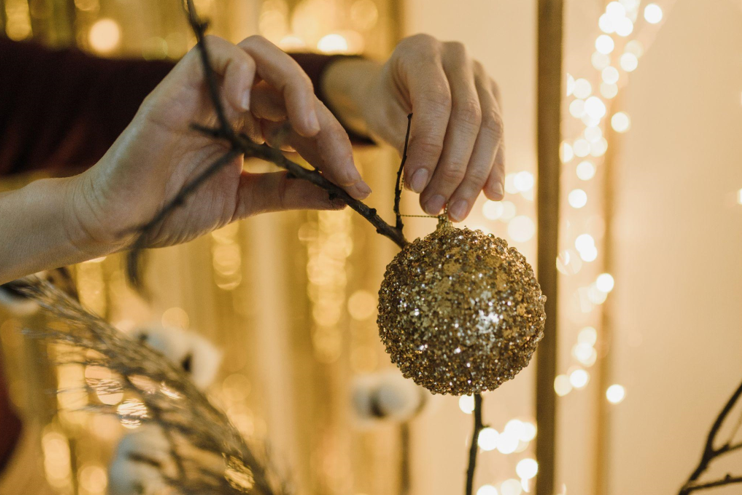The Intriguing Connection between Christmas Ornaments, Middle Eastern Culture, and More
Origins and Importance of Christmas Ornaments in the Middle East
Did you know that Christmas ornaments have cultural relevance in the Middle East? The tradition of decorating a Christmas tree with ornaments started in Germany in the 16th century, but the concept of decorating trees dates back to pagan rituals in ancient Egypt and Rome. This decoration tradition is now shared globally, and the Middle East has its unique approach to Christmas ornaments.
Christmas ornaments have become a booming business in some parts of the Middle East, notably in Lebanon. These ornaments, made of blown glass, resemble delicate snowflakes, birds, and other intricate shapes. Many of these ornaments are adorned with patterns and colors inspired by the natural world, such as blue for the Mediterranean Sea, red for pomegranates, green for pine trees, and gold or silver for desert sand.
The importance of Christmas ornaments in the Middle East is deeply rooted in the culture. It represents the coming together of people and families, irrespective of religion, to celebrate the holiday season. In cities and towns throughout the region, decorations with Christmas ornaments are used to add a touch of warmth, love, and light to this particular time of year.
Connections to Mediterranean Food, Cold Springs, and God
The cultural significance of Christmas ornaments does not end with its beauty and symbolism. It has exciting connections to Mediterranean food, cold springs, and god.
Mediterranean cuisine is renowned for its rich history and diverse flavors. During the holidays, dishes such as lamb, rice, and baklava are eaten in many households across the Middle East. These traditional holiday foods are often prepared and served on ornamental plates or trays with intricate designs engraved within the plate.
Cold Springs are an essential part of many Christmas traditions in the Middle East. Many cultures have valued spring water’s healing properties throughout history. In some Middle Eastern cultures, drinking water from a natural spring is believed to bring good health, prosperity, and blessing into the home during the holidays. Carrying this tradition forward, Christmas ornaments in the shape of a spring with flowing water are now typical in many households.
For many people in the Middle East, Christmas ornaments have a spiritual connection to god. During the Advent season leading up to Christmas Day, many people light candles, pray and reflect on the presence of god in their lives. Adding Christmas ornaments often enhances this reflective time, reminding people of the season’s beauty and joy.
In Conclusion, the connection between Christmas ornaments and Middle Eastern cultures is fascinating. These beautiful objects represent unity, family, and love across religious beliefs, adding warmth, joy, and light to the holiday season. Through intricate designs and vivid colors symbolizing Mediterranean food, cold springs, and god, Christmas ornaments have become intertwined with the cultural fabric of the Middle East.
